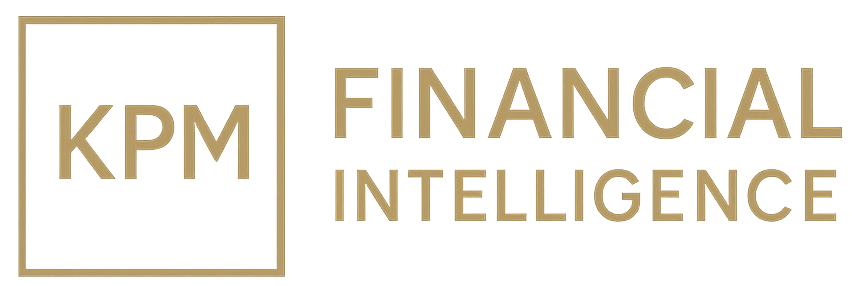Korean Policy Pause Balances Debt And Currency
BOK keeps rate at 2.50% as Seoul housing curbs expand; KRW= slips to ₩1,434.70, ^KS11 flat, and CL=F near $65. Inflation near 2% and debt above 100% of GDP keep easing limited while policymakers balance property risk and currency stability.

Bank of Korea’s 23 October 2025 decision to hold its base rate at 2.50 % confirms a strategic pause between stabilizing inflation and containing household-debt excesses. The decision extends a hold that began in May 2025, maintaining the longest period of monetary neutrality since 2019. Policymakers face a dual constraint: resilient consumption and exports on one side, and overheating housing markets and rising leverage on the other. The base-rate continuity allows space to evaluate the impact of recently expanded property-lending restrictions across Seoul and Gyeonggi Province before considering any cut.
The central bank’s logic rests on balancing near-term growth recovery with financial-stability preservation. Consumer-price inflation accelerated to 2.1 % y/y in September from 1.7 % in August, while core inflation held near 2 %. Both remain consistent with the 2 % medium-term target. GDP growth, meanwhile, is tracking near 0.9 % for 2025, up slightly from 0.8 % projected in May, aided by semiconductor exports and domestic-demand improvement. These data justify caution: real activity is firming but not yet broad-based, while debt dynamics remain stretched—household liabilities exceed 100 % of GDP and continue to expand despite credit curbs.
Housing inflation is the policy pivot. From June through October 2025, the government applied tightened loan-to-value and debt-service-ratio limits to all 25 districts of Seoul and 12 surrounding Gyeonggi areas, compared with four previously. Average apartment prices in central Seoul are up 14 % year-to-date, challenging the central bank’s tolerance for speculative leverage. Mortgage origination volumes rose 5 % in Q3, offsetting earlier declines. By retaining a 2.50 % policy rate, the BOK aims to anchor expectations while the real-estate measures feed through. Officials emphasised that premature easing would risk reigniting property-price momentum and destabilising the won.
External dynamics complicate the calculus. The Korean won (KRW=) weakened 0.19 % on the day to ₩1 434.70 per USD, its lowest since May, extending a 4 % slide over three months. The Bank of Korea’s statement warned that U.S. Federal Reserve tightening could raise volatility in capital flows and the exchange rate. While Korea’s 10-year government bond yield eased 8 basis points to 3.47 %, foreign inflows into bonds have slowed amid currency risk. The Kospi Index (^KS11) and Kosdaq (^KQ11) ended flat as investors discounted a stable policy bias but awaited clarity on external trade talks.
The trade backdrop has become a policy variable in its own right. Seoul’s $350 billion investment and tariff-reduction framework with Washington—agreed in principle in July 2025—remains unratified. Under the draft, South Korea would receive a 15 % tariff rate on U.S.-bound shipments in exchange for phased U.S. investment commitments. Delays in finalising terms before the APEC Summit on 31 October add uncertainty to export planning and external accounts. The current account recorded a $4.2 billion surplus in August, yet policymakers flagged that any deterioration in trade or further won weakness could limit space for policy easing.
For now, the BOK’s forward guidance is conditional. The Monetary Policy Board reiterated that its “rate-cut stance” remains data-dependent, with any adjustment contingent on housing stability and external-balance trends. Analysts anticipate a possible 25 bp cut in late Q4 if property transactions decline and inflation holds below 2.3 %. Market pricing implies roughly 30 bp of easing by Q1 2026, aligning with expectations of Fed rate peaks and potential global liquidity relief.
Key validation metrics are clear. A deceleration in household-credit growth below 3 % y/y, a slowing of Seoul home-price gains to under 5 % y/y, and core CPI anchored near 2 % through mid-2026 would create credible space for cut implementation. Conversely, if KRW/USD exceeds ₩1 450 or real-estate prices re-accelerate, the BOK is likely to prolong its pause to preserve stability. The hold at 2.50 % therefore marks not hesitation but deliberate sequencing between financial discipline and monetary support as Asia’s fourth-largest economy navigates tight global liquidity and domestic leverage.





